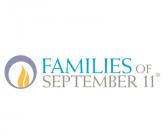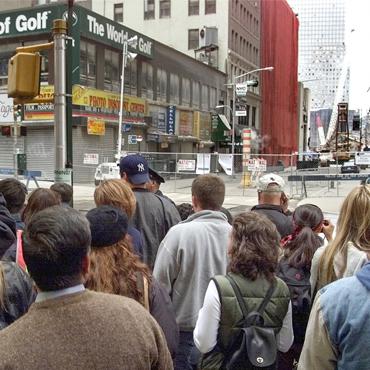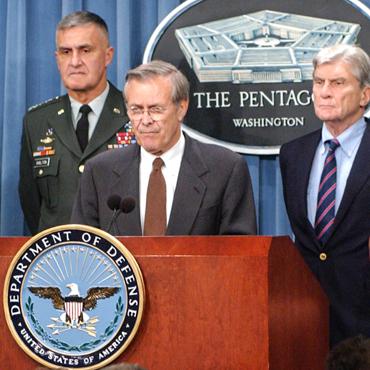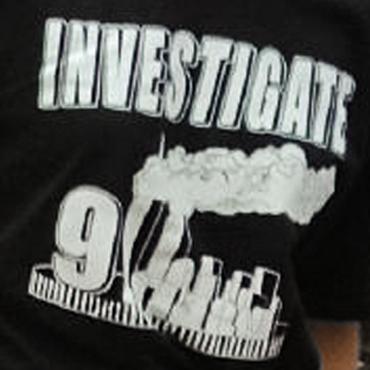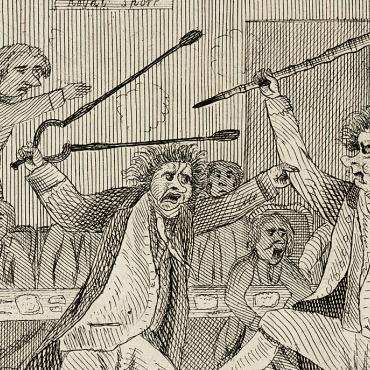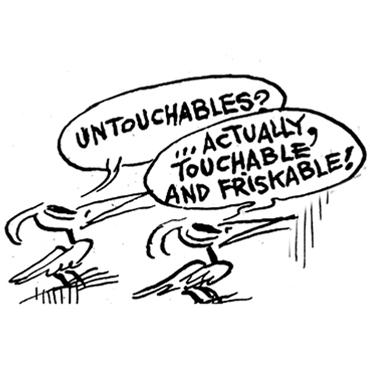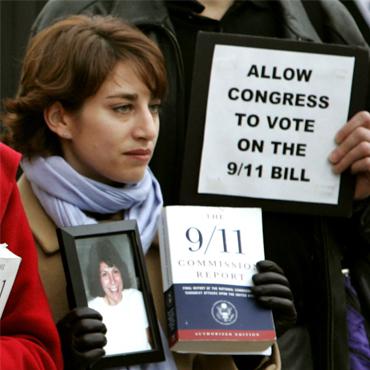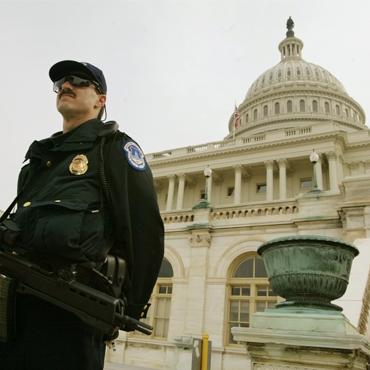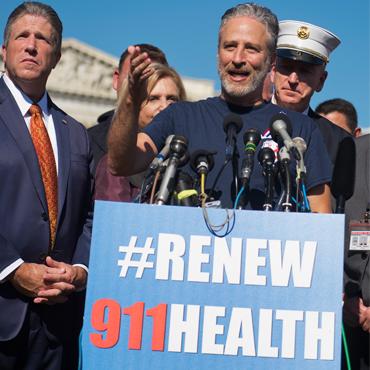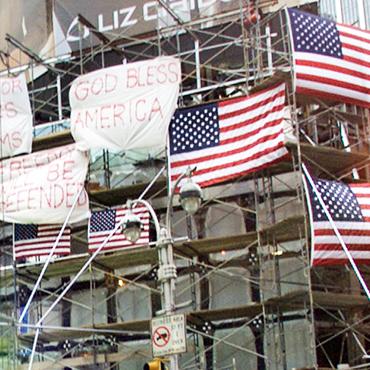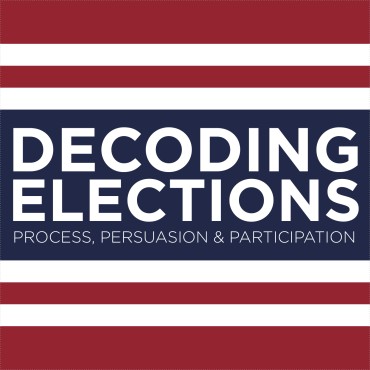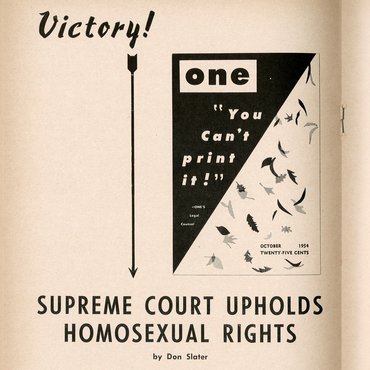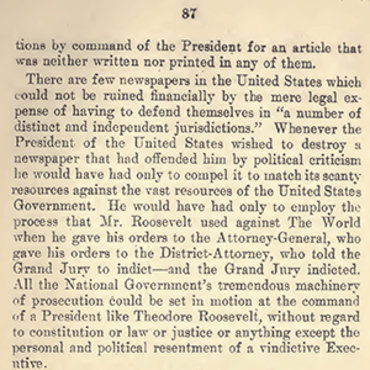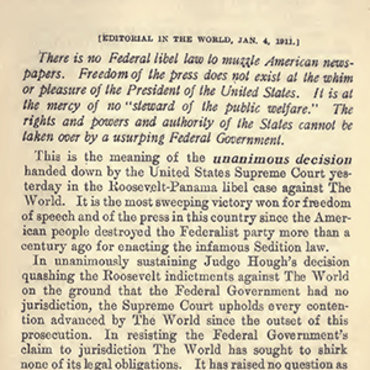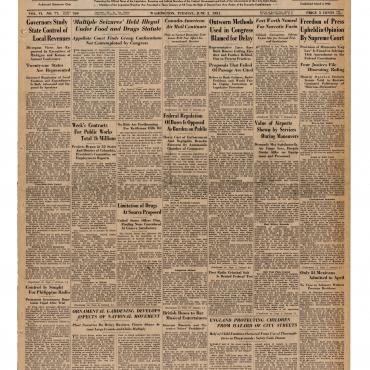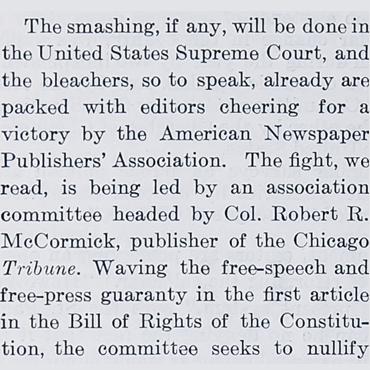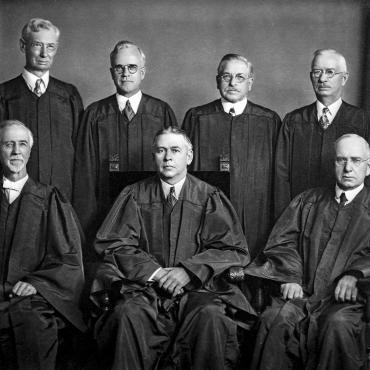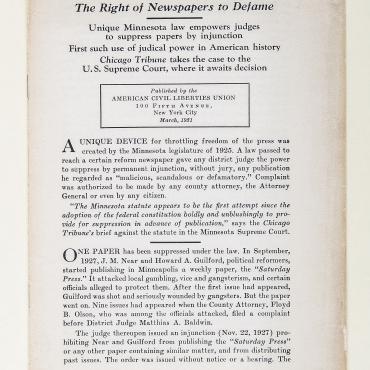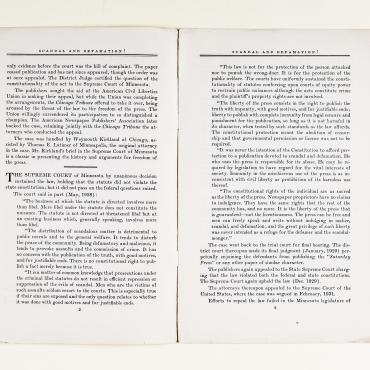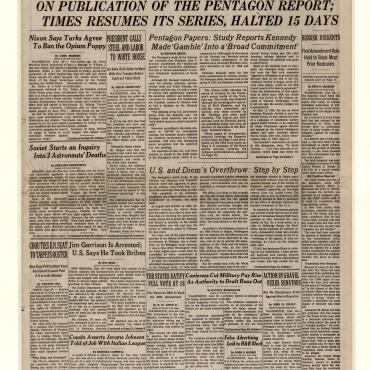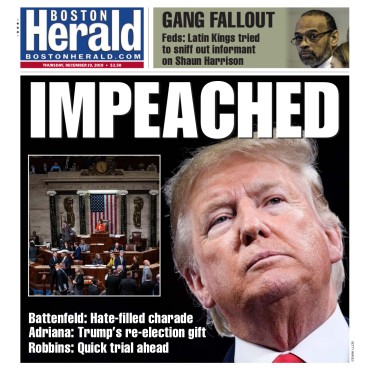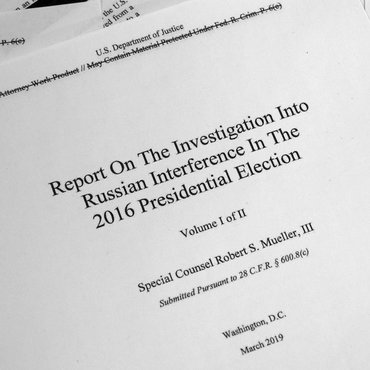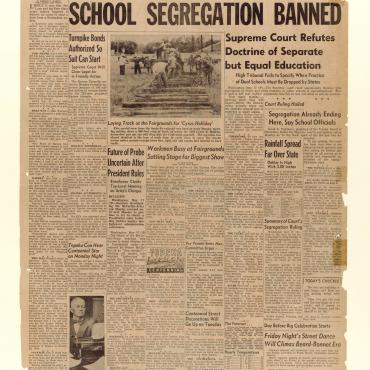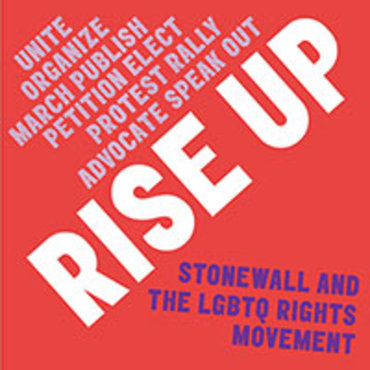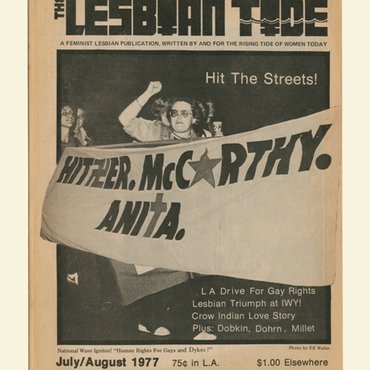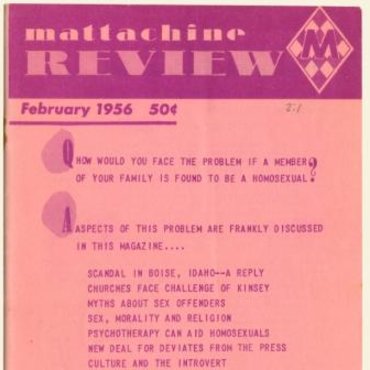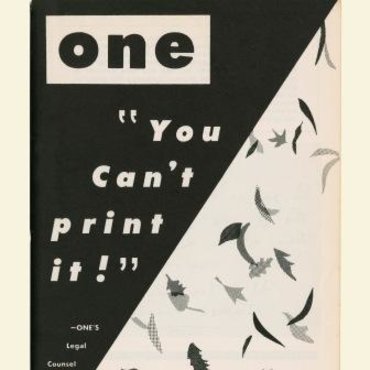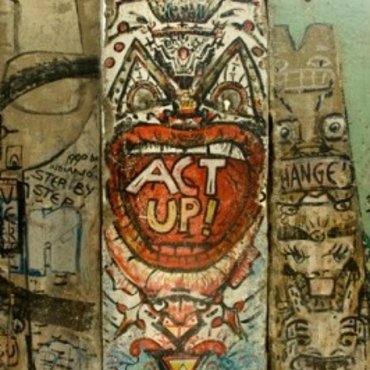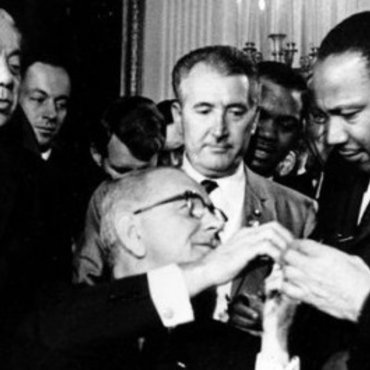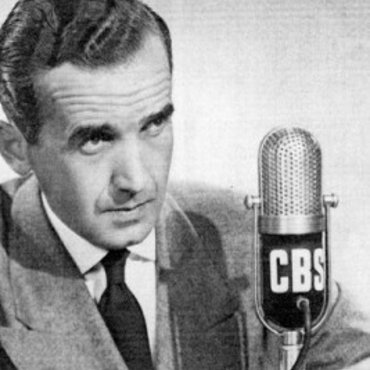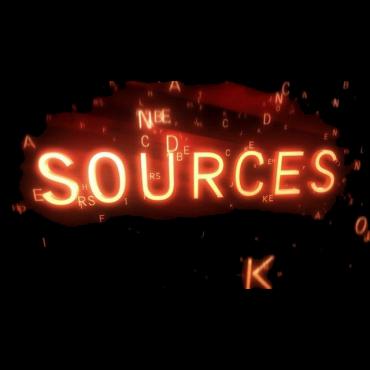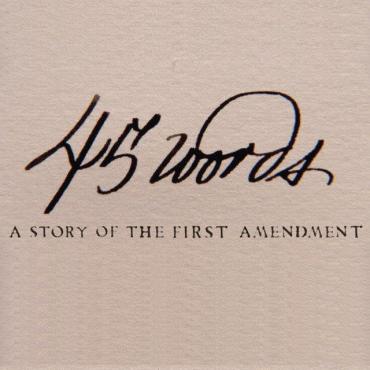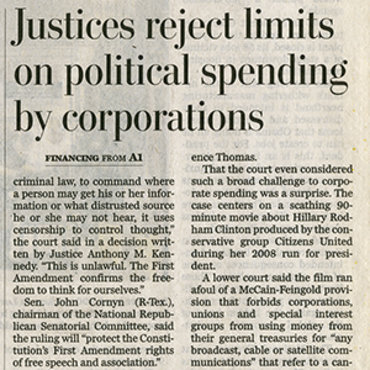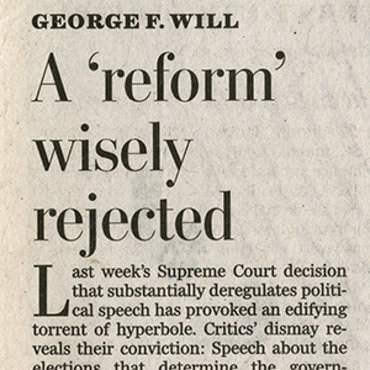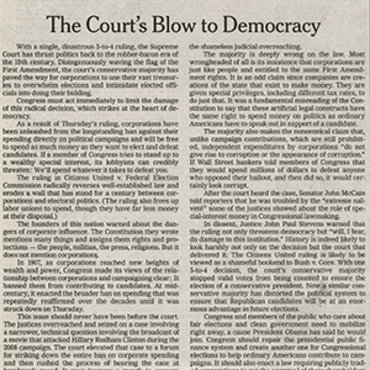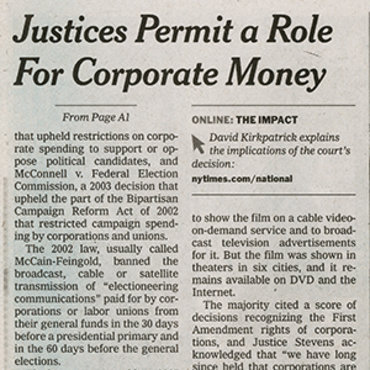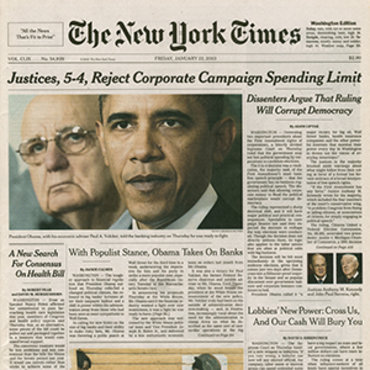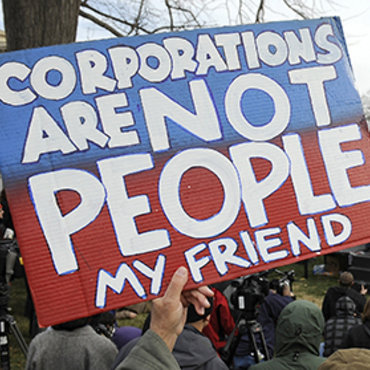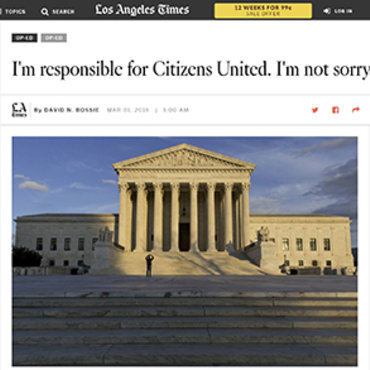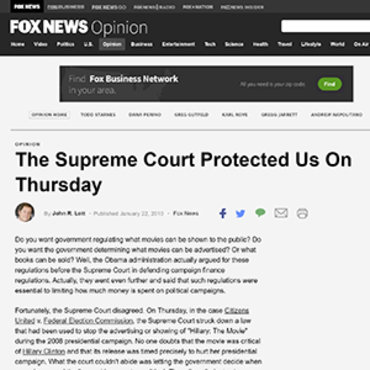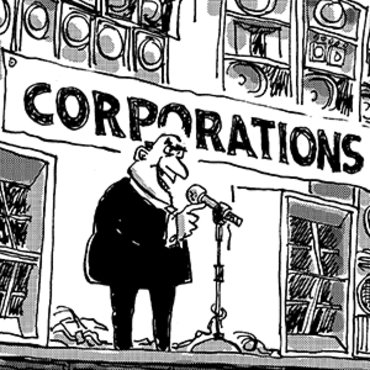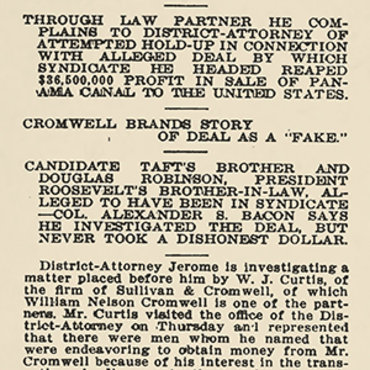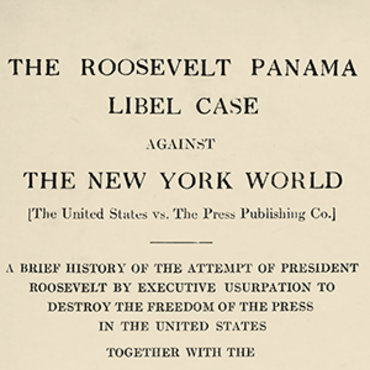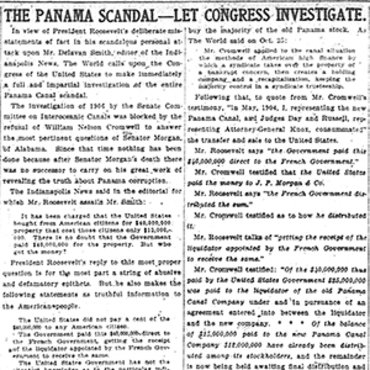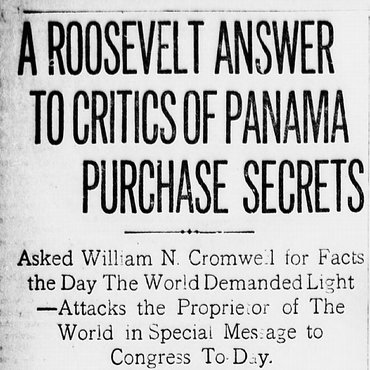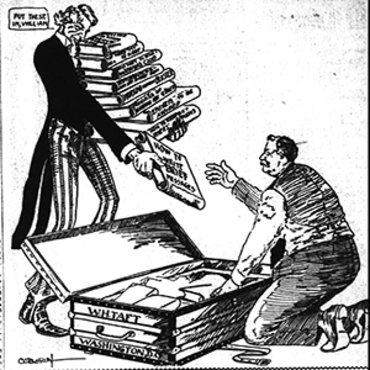1927: Publishers Test Right to Print Scandalous Stories
When officials try to shut down a Minnesota newspaper for publishing "scandalous" material, does it violate the publishers' First Amendment freedom of the press?
Get even more great free content!
This content contains copyrighted material that requires a free NewseumED account.
Registration is fast, easy, and comes with 100% free access to our vast collection of videos, artifacts, interactive content, and more.
NewseumED is provided as a free educational resource and contains copyrighted material. Registration is required for full access. Signing up is simple and free.
With a free NewseumED account, you can:
- Watch timely and informative videos
- Access expertly crafted lesson plans
- Download an array of classroom resources
- and much more!
This Critical Debate is part of a Debate Comparison:
See all Debate Comparisons- Journalism
- Politics
- Supreme Court
- 9-12
- College/University
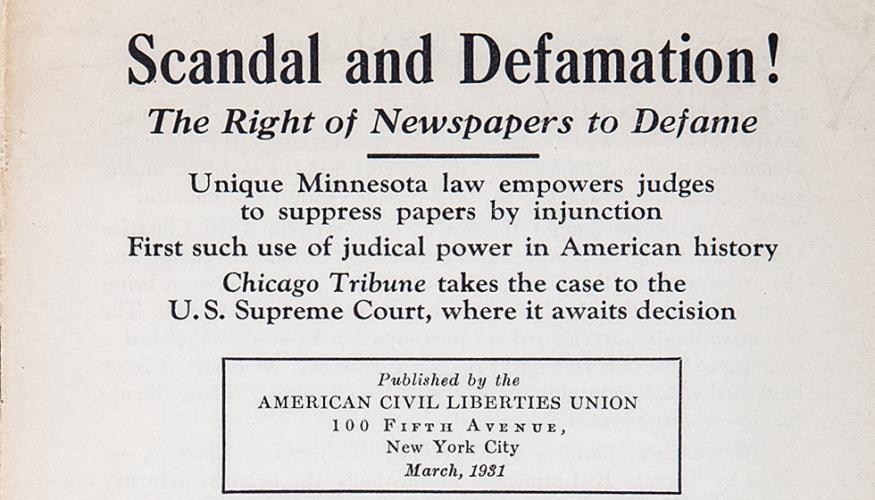
The ACLU calls the Minnesota Public Nuisance Law of 1925 a "unique device for throttling" a free press.
- Pass out and read the Scandalous Stories case study scenario. Check for comprehension and ask students to identify the First Amendment freedom(s) at issue in this case.
- Break your class into small groups and assign each group one of the people/perspectives. Hand out copies of the Organizing Evidence and Present Your Position worksheets. Give groups 30 minutes to look at the primary sources online and answer the worksheet questions.
- Have each group present their position and arguments. Keep the gallery of case study resources on NewseumED.org open so students can refer to them as they explain their reasoning.
- Historical case study scenario, one per student (download)
- Organizing Evidence and Present Your Position worksheets, one of each per group (download)
- Case study primary sources (below)
- NewseumED Near v. Minnesota. Related Resources Pinterest Board (optional)
Does freedom of the press protect publication of personal attacks, unfounded rumors and racist opinions?
Jay Near and Howard Guilford are reporters on a mission to fight corruption and gang rule in Minneapolis. In September 1927, Near and Guilford launch a newspaper called The Saturday Press. They are known for their ability to ferret out damning gossip – and also for their bigoted views, frequently blaming Minneapolis’s problems on Catholics, Jews and blacks. The weekly publication follows the model of a “news rag” or “scandal sheet,” printing sensational, tabloid-style stories and abrasive opinions.
Minneapolis Police Chief Frank Brunskill and Floyd B. Olson, the county attorney and aspiring politician, are among the targets of criticism in The Saturday Press. Brunskill responds by trying to ban the paper, citing a 1925 city ordinance that prohibits publication of obscene material. He destroys all copies of the first edition, but Near and Guilford continue to publish. Olson asks a judge to permanently shut down the Press. He cites a Minnesota law that allows a judge, without a jury, to permanently ban a newspaper or magazine from publishing if the judge finds it to be “obscene, lewd and lascivious” or “malicious, scandalous, and defamatory.” This law is commonly known as the “gag law.”
The judge agrees with Olson and bans The Saturday Press, but Near and Guilford force a Supreme Court battle over whether the gag law violates the First Amendment.
Take the role of a historical figure below and find evidence to argue your case.
-
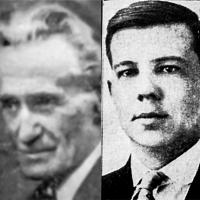 ?Jay Near and Howard Guilford printed a notice on the front page of the Nov. 19, 1927, issue urging defiance of the attempt by Minneapolis city officials to censor the paper.Courtesy Library of Congress, Prints & Photographs Division/Star Tribune and Minnesota Historical Society
?Jay Near and Howard Guilford printed a notice on the front page of the Nov. 19, 1927, issue urging defiance of the attempt by Minneapolis city officials to censor the paper.Courtesy Library of Congress, Prints & Photographs Division/Star Tribune and Minnesota Historical SocietyJay Near and Howard Guilford, publishers of 'The Saturday Press'
We should be free to publish whatever we want in our newspaper, even if it offends those in power.
"Our hour of ‘passive resistance’ has passed. Display Saturday Press exactly as you do other papers or magazines in your place of business. If you are molested in their sale by the police, refuse to remove them. ... We will furnish the legal talent necessary for a ‘show down’ in the courts."
-
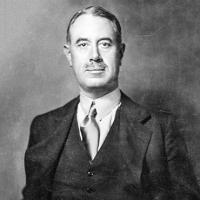 ?At 6-foot-4 and weighing over 200 pounds, Robert McCormick was a physically intimidating man.The Associated Press
?At 6-foot-4 and weighing over 200 pounds, Robert McCormick was a physically intimidating man.The Associated PressRobert McCormick, publisher of the 'Chicago Tribune'
Although The Saturday Press is not an example of journalism at its finest, restricting the press in this case could threaten more respectable publications, and that would not be acceptable.
"The refusal to repeal [the "gag law"] indicates beyond all question that the enactment of the law was a deliberate attempt to strangle criticism in a way which enlightened men have rejected as unsound politically and morally for nearly 300 years."
-
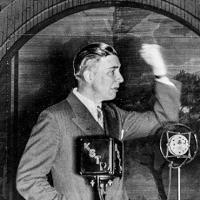 ?Floyd Olson was a frequent target of criticism and ridicule in The Saturday Press.Minnesota Historical Society
?Floyd Olson was a frequent target of criticism and ridicule in The Saturday Press.Minnesota Historical SocietyFloyd Olson, county attorney and aspiring politician
Those of us who represent law and order have a responsibility to prevent the publication of information that slanders the people in power and could cause trouble in our communities.
Near and Guilford can't engage in "producing, publishing, editing ... [or] giving away a malicious, scandalous, and defamatory publication known as 'The Saturday Press' ... in the State of Minnesota."
-
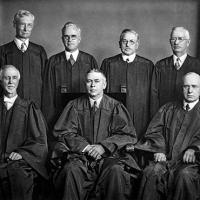 ?The court wrote that the public nuisance law "is for the protection of the public welfare," and thus not a violation of the First Amendment.Minnesota Historical Society
?The court wrote that the public nuisance law "is for the protection of the public welfare," and thus not a violation of the First Amendment.Minnesota Historical SocietyMinnesota Supreme Court; heard and ruled on the case before it went to the U.S. Supreme Court
Freedom of the press should apply to journalists seeking to be honest and factual in their reporting; this is the only way to protect the public welfare.
"It is the use and not the abuse of the liberty of the press that is guarded by our fundamental law. Liberty of the press and freedom of speech ... do not mean the unrestrained privilege to write and say what one pleases at all times under all circumstances."
- Who should be the arbiter of “good taste” or what’s fit to publish?
- Is there social value to a “scandal sheet?”
- Should publish officials be protected from accusations of wrongdoing? Why or why not?
- Does the threat of civil unrest justify banning a publication? What if the threat turns into violence?
- How else would you fight against corruption?
-
Common Core State Standards: CCSS.ELA-LITERACY.CCRA.SL.1
Prepare for and participate effectively in a range of conversations and collaborations with diverse partners, building on others' ideas and expressing their own clearly and persuasively.
-
NCSS C3 Framework: D4.1.6-8 and D4.1.9-12
6 - 8: Construct arguments using claims and evidence from multiple sources, while acknowledging the strengths and limitations of the arguments. 9 - 12: Construct arguments using precise and knowledgeable claims, with evidence from multiple sources, while acknowledging counterclaims and evidentiary weaknesses.
-
Center for Civic Education: CCE.II
A. What is the American idea of constitutional government? B. What are the distinctive characteristics of American society? C. What is American political culture? D. What values and principles are basic to American constitutional democracy?
